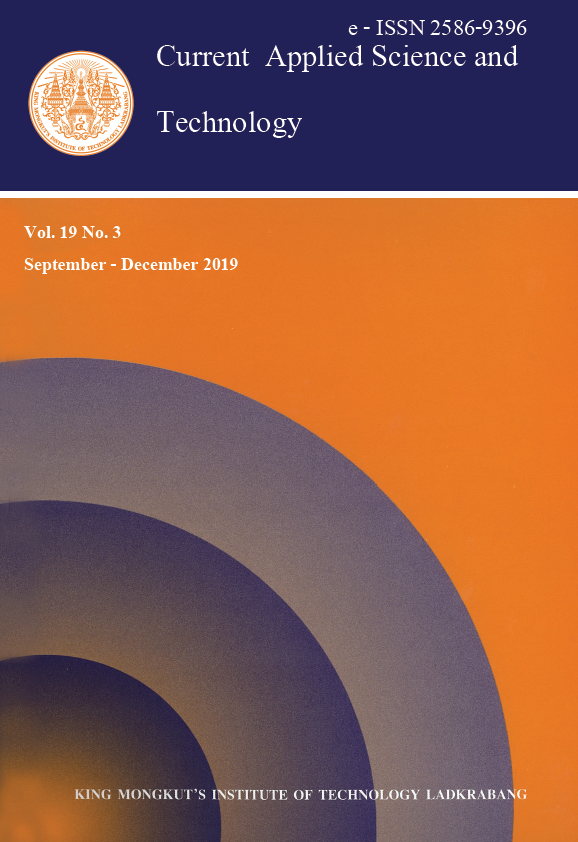Conversion of rice straw to biochar, followed by chemical modification of the biochar with iron salts under alkaline conditions can turn agricultural biomass waste into a useful adsorbent material for phosphorus removal. Study of the rice straw-to-biochar conversion process at various pyrolysis temperatures showed that biochar yield decreased with increased pyrolysis temperature: The yield of stable organic matter and specific surface area was found to be optimum at 400oC. An Fe coating process, through direct precipitation of FeCl3.6H2O or co-precipitation of FeCl3.6H2O and FeSO4.7H2O on biochar, led to Fe-modified rice straw biochars. Based on physical appearance, SEM, FT-IR and XRF, we confirmed that Fe was well retained in the biochar. The pHpzc was approximately 7.6 and 8.0 for Fe(III)+Fe(II)-modified biochar and Fe(III) modified biochar. Therefore, the modified biochar could attract negatively charged phosphate species in a system, like natural water or domestic wastewater, where pH is normally less than their pHpzc. In laboratory batch adsorption tests, phosphate removal efficiency was enhanced, rising from about 35.4% in the unmodified biochar to 69.5% in Fe(III)+Fe(II)-modified biochar and 83.0% in Fe(III) modified biochar.
Keywords: biochar modification; phosphorus removal; pyrolysis
*Corresponding author: E-mail: usarat.th@kmitl.ac.th
Thawornchaisit*, U. ., Donnok, K. ., Samphoanoi, N. ., & Pholsil, P. . (2019). Iron-modified Biochar Derived from Rice Straw for Aqueous Phosphate Removal. CURRENT APPLIED SCIENCE AND TECHNOLOGY, 263-275.
